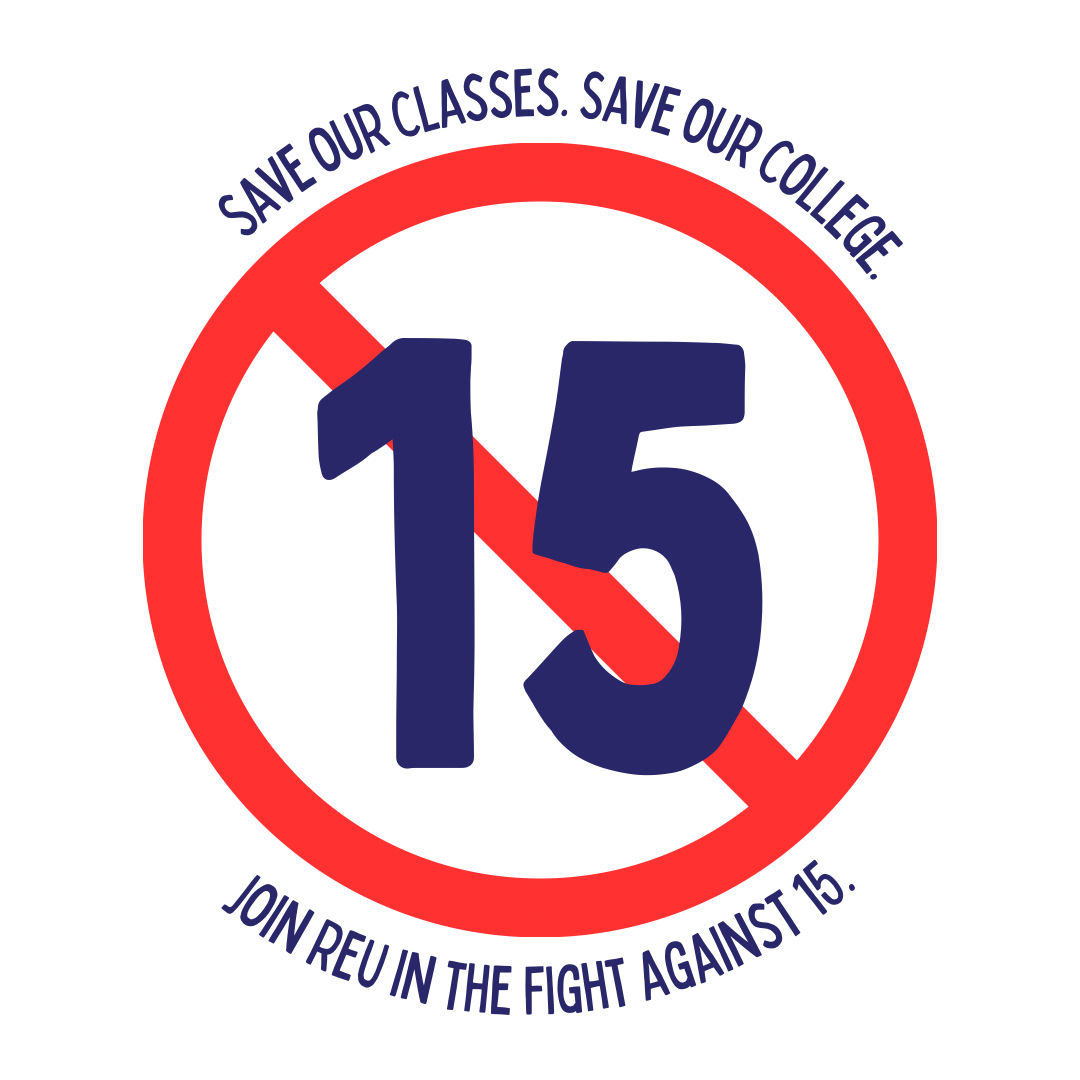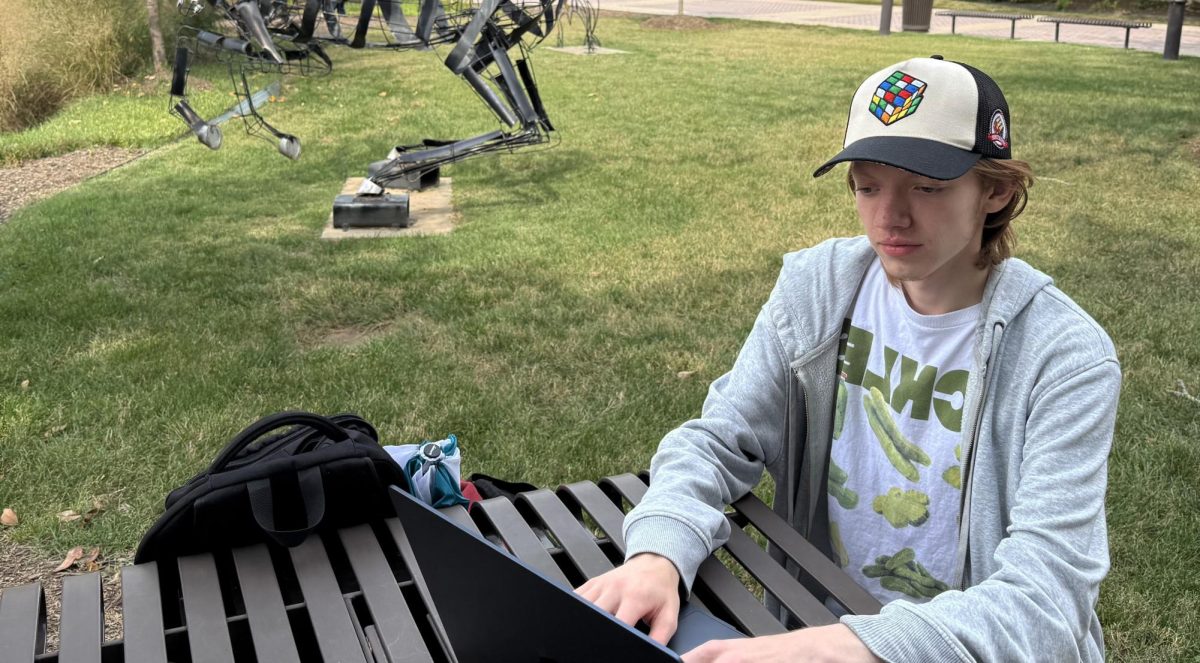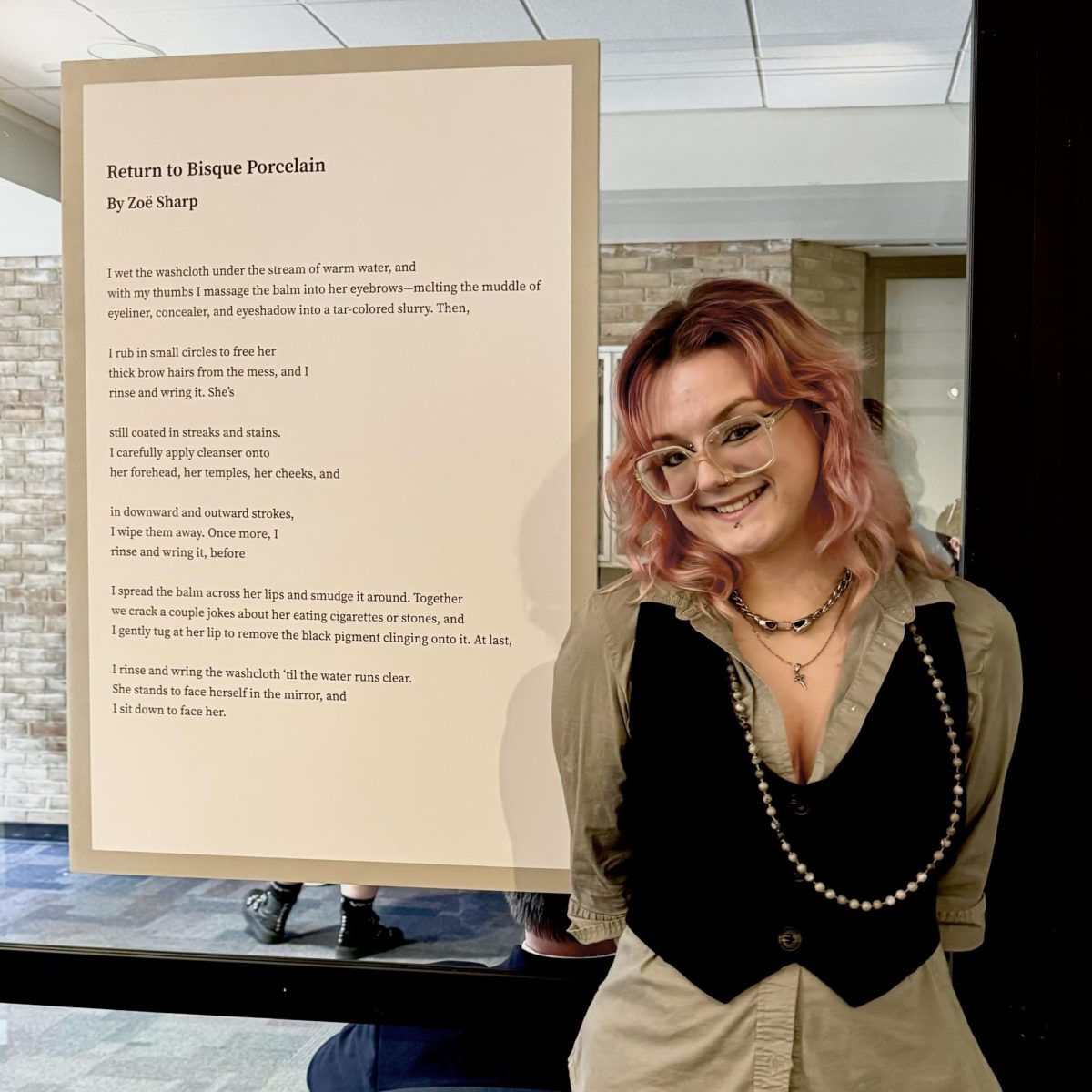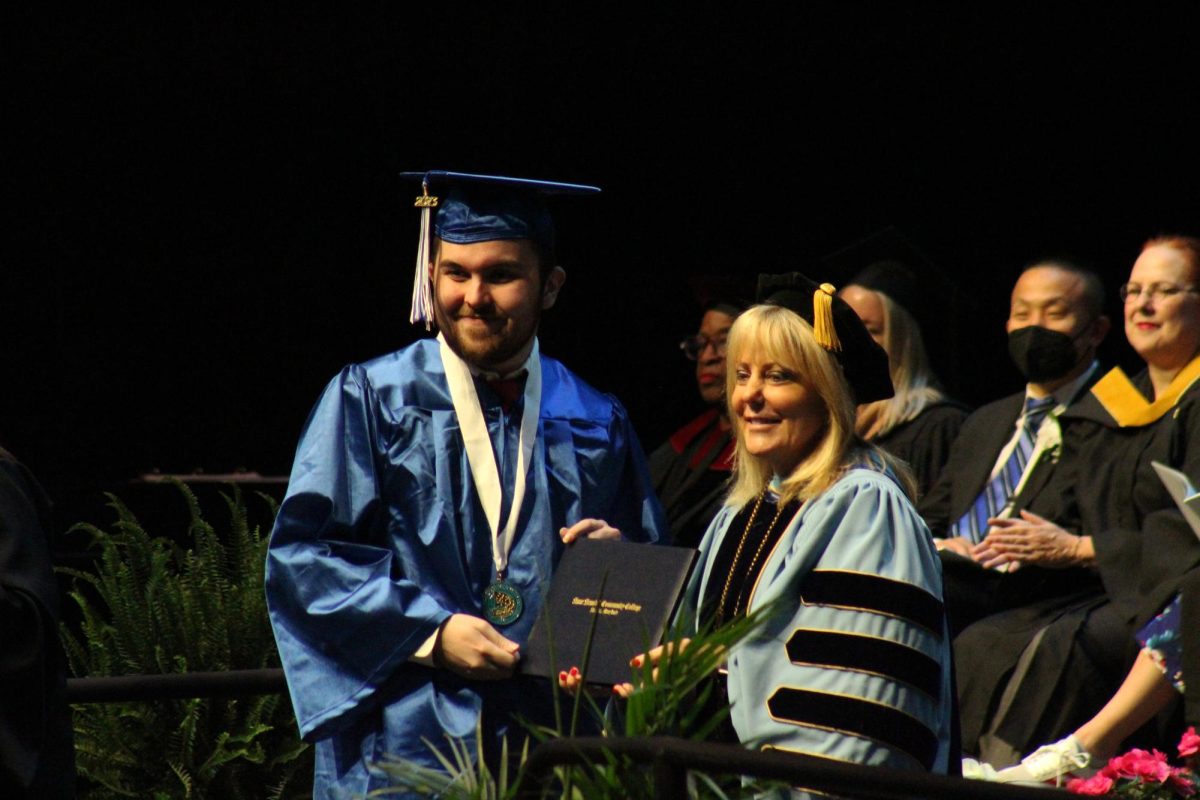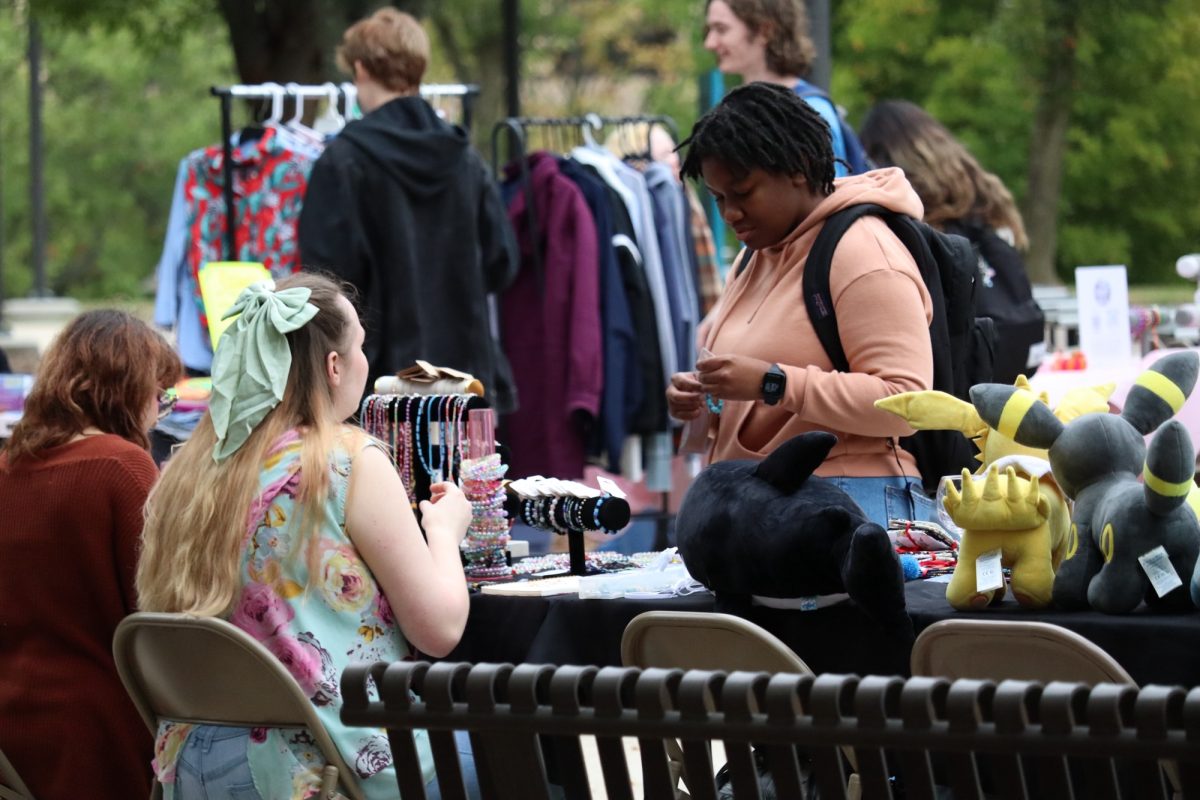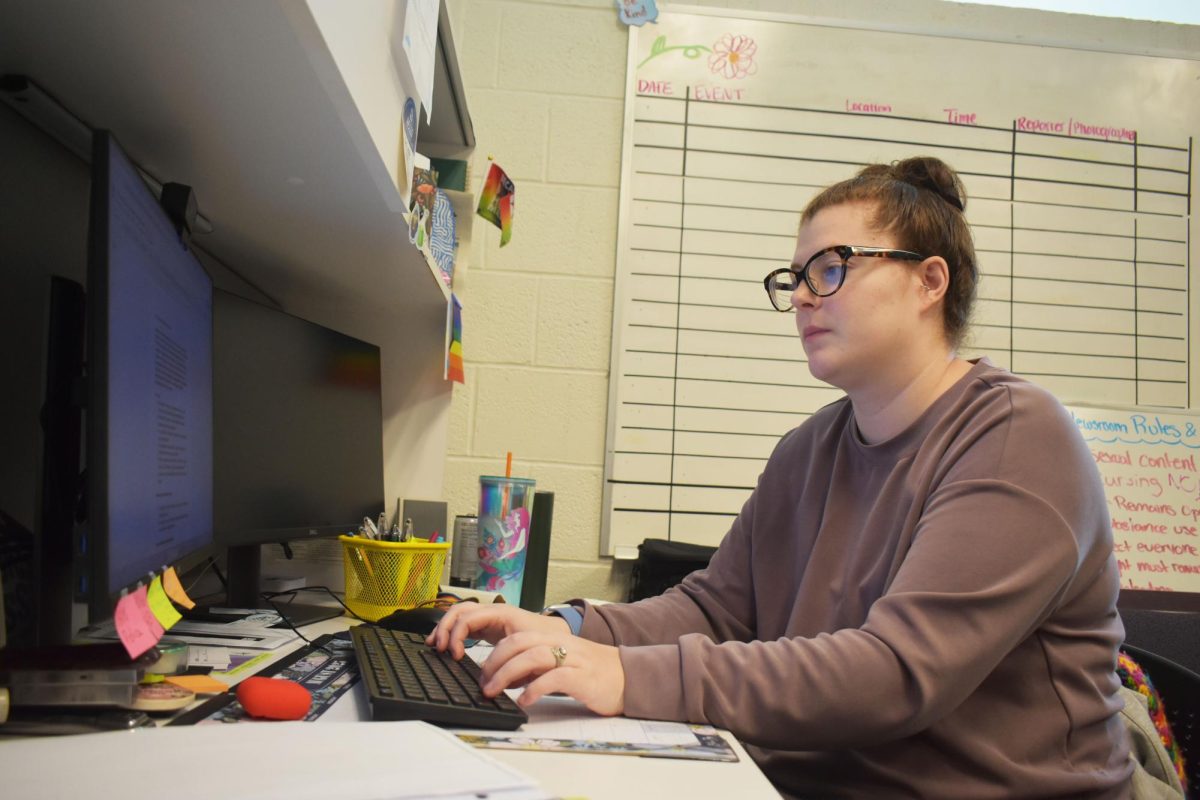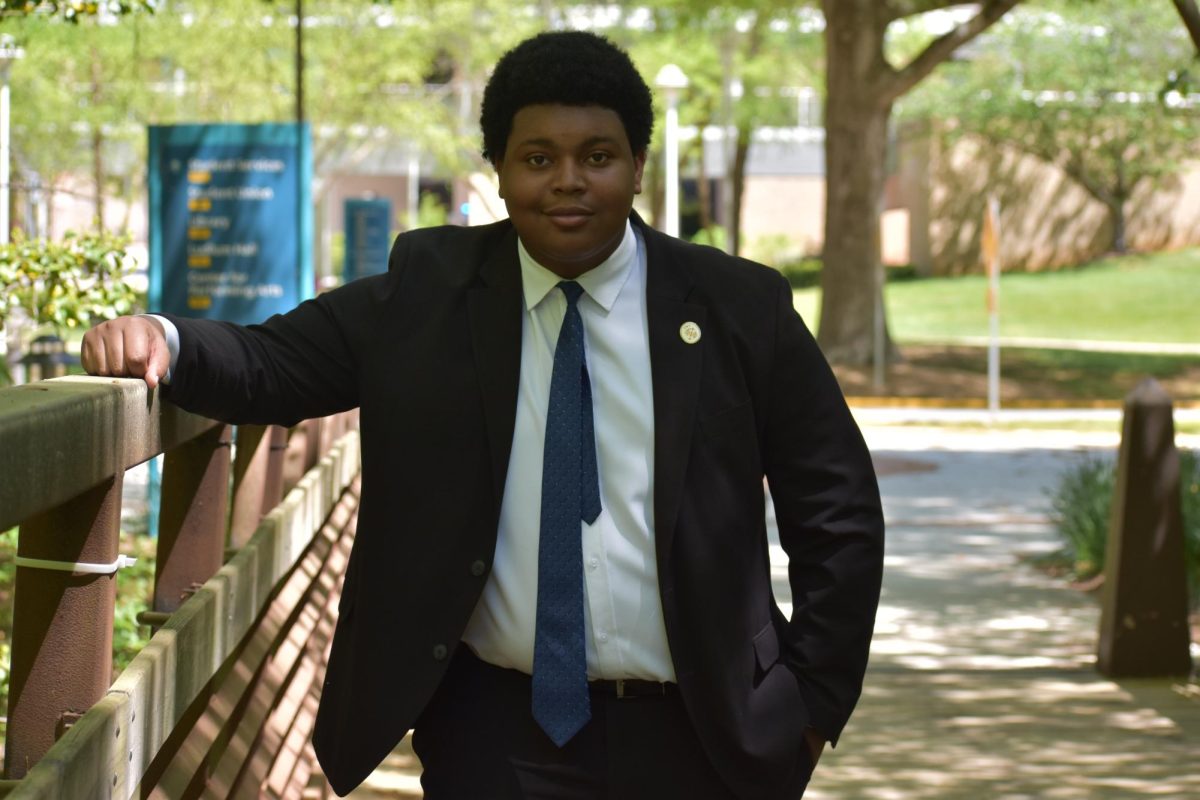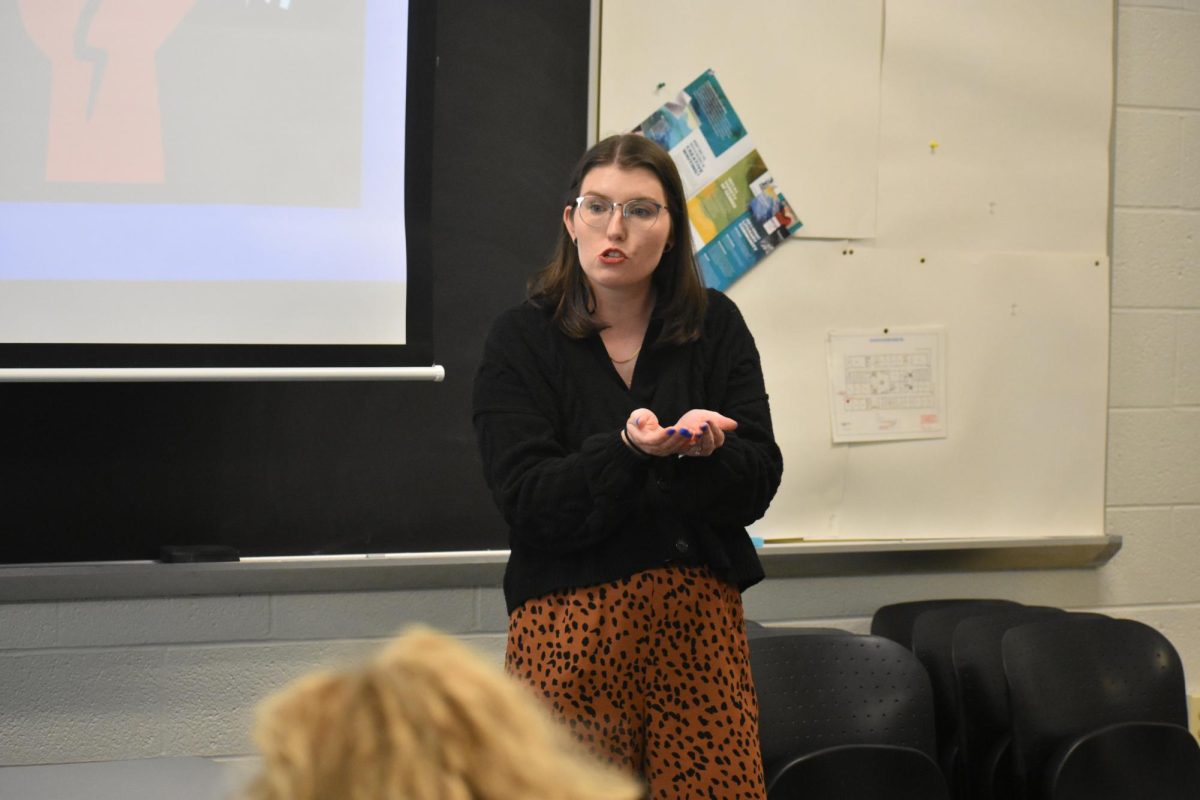Raising the minimum class size to 15 may save the college money, but it potentially comes at the cost of students’ dreams and has upset them past the point of complaining and to the point of action.
Over the summer, several students voiced their concerns to local media, including the Capital Gazette, saying they fear the new rule will do away with creative disciplines like creative writing and photography. These are the kinds of classes that attract serious, passionate students—but not always 15 at a time.
Some of these classes are graduation requirements. In some cases, these niche classes are the very reason students chose AACC in the first place. If those courses disappear, students could face delayed degrees, the unexpected cost of taking them at a more expensive four-year university, and the heartbreak of being forced into alternative classes that don’t reflect their goals as closely.
More than 900 students have already signed a petition expressing fears that needed courses will be canceled. Without them, students may have no choice but to beg professors for independent studies, or worse, leave AACC early and pay triple the tuition to take the same courses at a four-year college.
The impact hits nontraditional students especially hard: parents, full-time workers and caregivers, for example, who already balance impossible schedules. For them, having access to the classes they need—full or not—is often the difference between staying enrolled and dropping out. By raising the minimum, the college risks shutting out the very students who fight the hardest to be here.
To the college’s credit, administrators have authorized deans to make exceptions to the 15-minimum rule. But it’s worth pointing out that just five students were considered enough to run a class just a decade ago. That number has been going up ever since—first to eight, then 10, then 12, and now 15.
It’s no surprise that the staff of Campus Current stands with the students. Every canceled class isn’t just a number on a spreadsheet. It could, in fact, be a student’s future put on hold.
were considered enough to run a class just a decade ago. That number has been going up ever since—first to eight, then 10, then 12, and now 15.
It’s no surprise that the staff of Campus Current stands with the students. Every canceled class isn’t just a number on a spreadsheet. It could, in fact, be a student’s future put on hold.



